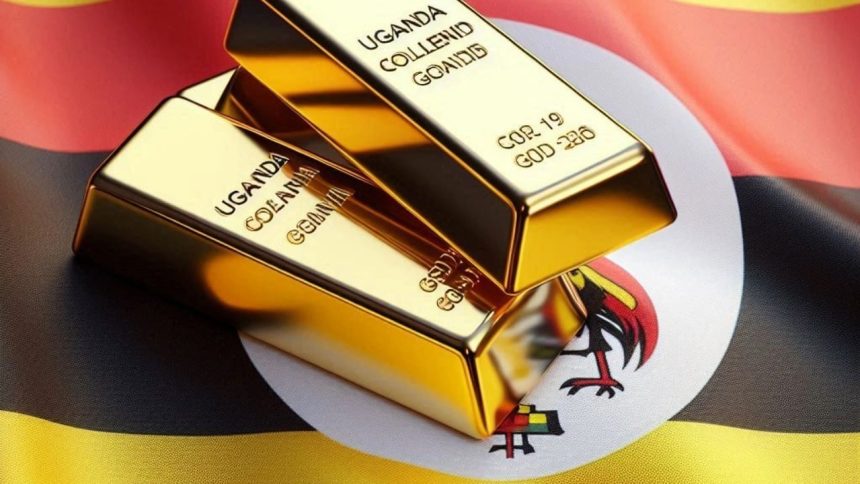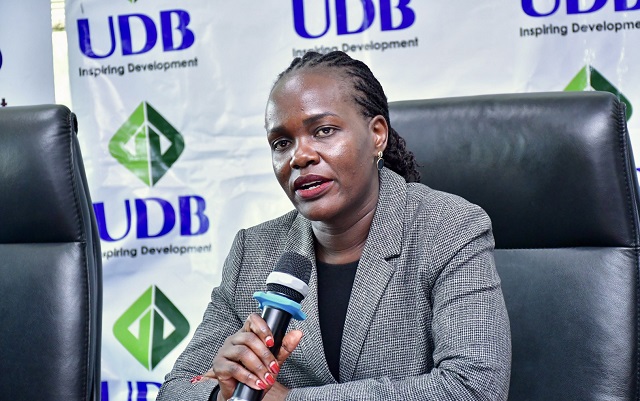Uganda is making strides towards reinstating the gold standard by proposing a purchase plan aimed at accumulating more gold to support its fiat currency, the Ugandan shilling. The Central Bank of Uganda intends to buy gold from artisanal miners, thereby bolstering their operations and decreasing raw gold imports.
Uganda Eyes Gold Standard for Currency Backing
Uganda is moving decisively towards backing its currency with gold. Last week, the government unveiled a plan to build up its gold reserves, aimed at reducing investment risks and enhancing financial stability. The Central Bank of Uganda, which currently holds no gold reserves, plans to purchase gold directly from artisanal miners. This initiative serves a dual purpose: supporting local mining activities and curbing the country’s reliance on imported bullion.
According to the “State of the Economy” report released by the Central Bank of Uganda, this initiative is expected to generate positive economic impacts, aligning with the bank’s mission to drive socio-economic transformation.
Recent political measures in Uganda, including regulations affecting LGBTQ rights, triggered capital flight and led to the World Bank halting aid to the country in August last year. Despite having identified substantial gold reserves amounting to 31 million metric tons in 2022, Uganda lacks a significant mining industry and relies on refineries for gold processing.
Uganda joins a wave of African nations exploring gold-backed currencies or strengthening their fiat currencies with gold reserves. Zimbabwe, for instance, launched a gold-backed currency named Zimbabwe Gold (ZIG) in April. Similarly, Ghana mandated major gold miners to sell 20% of their production directly to the central bank.
Gold remains highly coveted by central banks and retail investors alike, with forecasts predicting potential record prices ranging from $27,000 to $40,000 per ounce in the future.
Share your thoughts on Uganda’s decision to return to the gold standard in the comments section below.




















